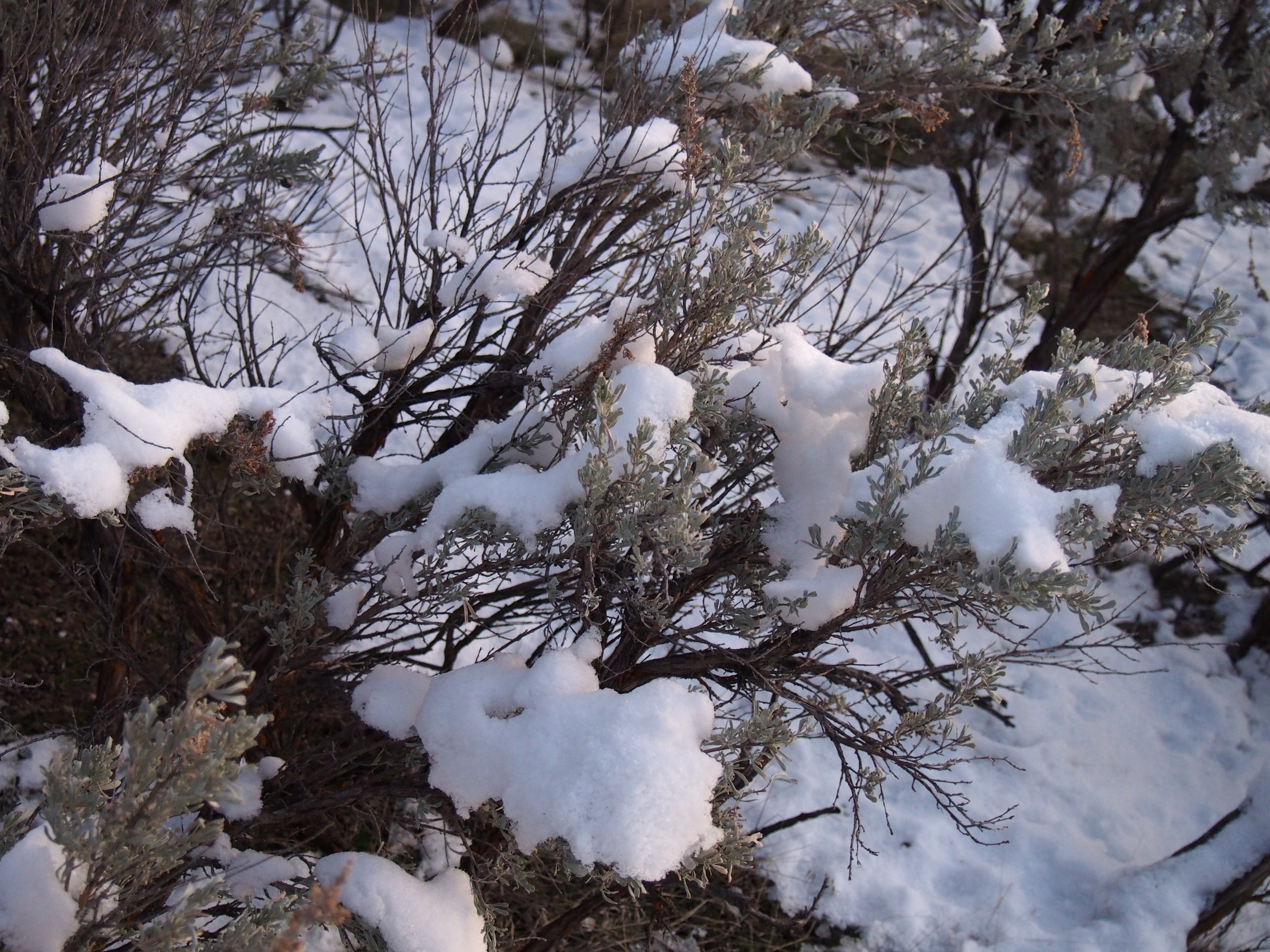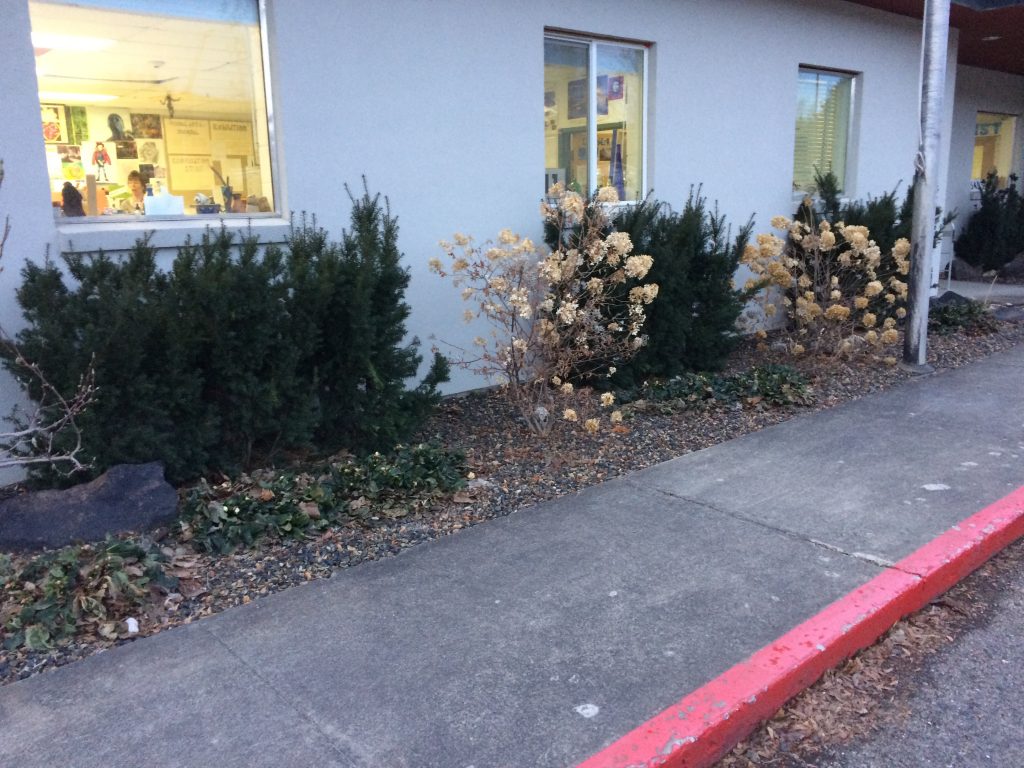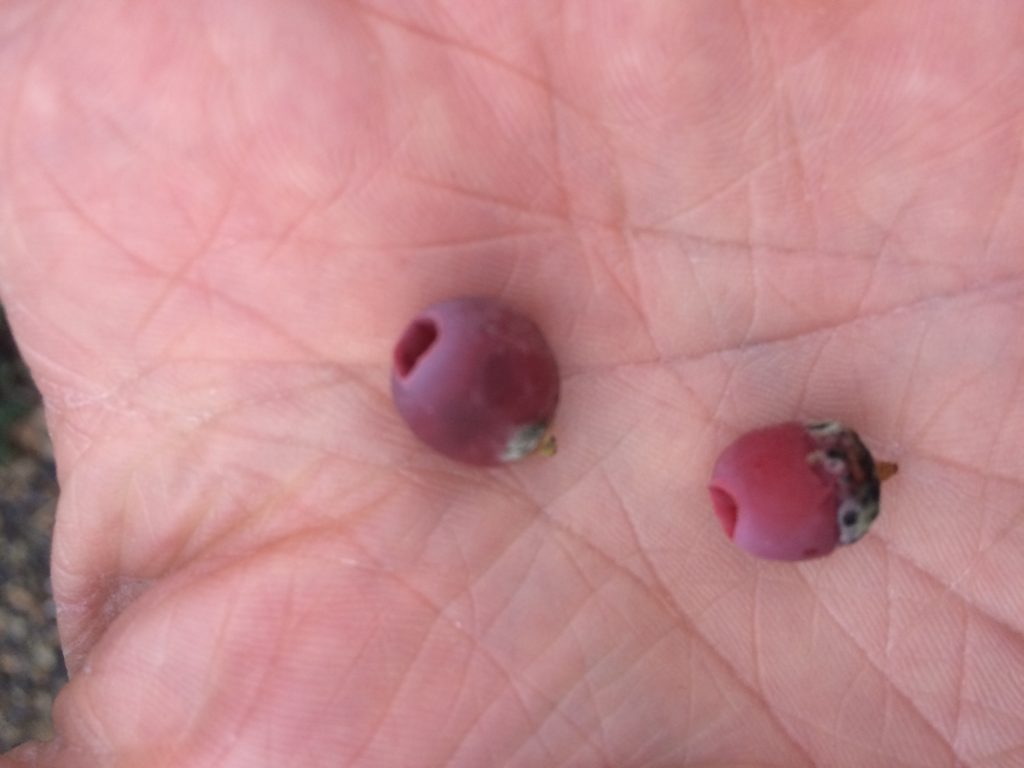
19 Feb Finding an unexpected triple bottom line success in a harsh winter.
The triple bottom line, and how Riverstone International School is becoming a more sustainable and even better place.
![]() For me, sustainability is what happens at the intersection of three components: economics, environment/ecology and social equity. When you maximize all three of these areas by systematically balancing competing needs, everyone benefits. This is sustainability in action.
For me, sustainability is what happens at the intersection of three components: economics, environment/ecology and social equity. When you maximize all three of these areas by systematically balancing competing needs, everyone benefits. This is sustainability in action.
The contemporary educational experience is intended to do one thing: produce citizens capable of succeeding in a competitive, global and ever-changing marketplace. The mission of much of education is therefore centered and focused on the students and the metrics of successful education are measurements of student performance. The mission of Riverstone is in fact student-centric: “Riverstone International School inspires courageous journeys of academic and personal exploration that enable our students to lead purposeful lives.” Riverstone creates pathways for students’ academic and personal explorations through opportunities associated with their Five Pillars. Students are encouraged to explore the Five Pillars in a supportive environment, and as a result, develop a greater understanding of themselves and a mindset to find purpose in their world. (from the Riverstone Strategic Plan)
The Five Pillars:
- Academic Excellence
- Community & Service
- Leadership by Example
- International Understanding
- Outdoor Education
The mission and the statement of intent for the five pillars is focused on student participation, and last week it was impressive to see the Riverstone administration and facilities embrace these pillars and make an immediate and beneficial change to the grounds! This winter has been especially harsh, with many more snowfall events than usual, and this pushes the deer, elk and antelope down into lower elevations and therefore closer to human populations. The animals are forced to browse the shrub layer because the lower vegetation is covered by snow, and there have been several animal kill-off events over the last couple of years where deer, elk and antelope have ingested yew. Yew (Taxus sp.) is a popular, non-native landscaping species (and also the source of one of the first breast cancer treatment compounds), but it is toxic for many wildlife species, pets and even humans. We are always learning more about ecological connections and the ways that human actions (such as planting non-native plants in your garden) affect the natural system we all exist in. Idaho Fish and Game contacted Riverstone to ask if there were any yew plants on school grounds and find out if the school was aware of the toxicity of the plant.
So what impressed me so much about the RIS administration last week? When IDFG approached the school and made them aware that the plant was part of their landscape, Riverstone acted immediately to resolve the issue and removed the plants from a lovely landscape in the front of the high school. The student Plant Club is already thinking of native/pollinator-friendly/xeric/or edible plants with which to replace the yew this spring, and we will be able to take advantage of a voucher program at FarWest Garden Center to purchase the replacement plants.
At an institution where the expectations are often directed towards the students, the Riverstone administration is living by the Five Pillars too!
Let’s review:
- Academic excellence (adapting to new info?) Check!
- Community and service? Check!
- Leadership by example? Check!
- International Understanding? Check!
- Outdoor education? Check!
Well done, Riverstone! Sustainable success in action!
Triple bottom line achieved? Let’s reflect…
Social equity: Students had an opportunity to engage with their school and local/regional community and to interact with the outdoors, and replacement plants will provide food for pollinators.
Environment and ecology: Switching from toxic/non-native to native/edible is a win for wildlife and neighbors!
Economic: Cost? The plant removal was done with in-house and volunteer labor, and the replacement plants will be purchased with a voucher. Benefit? Idaho Fish & Game finds a success and valuable game species are protected, plus students gain a learning opportunity. Overall the benefits appear to significantly outweigh the costs.
While it is unfortunate to see such a nicely established landscape go, it’s even better to see it as an opportunity and not a burden. All of us, even landscape architects, are learning more about ecological connections and moving away from the traditional English plant palette to native plant selections, and learning about the great benefits this move brings.





